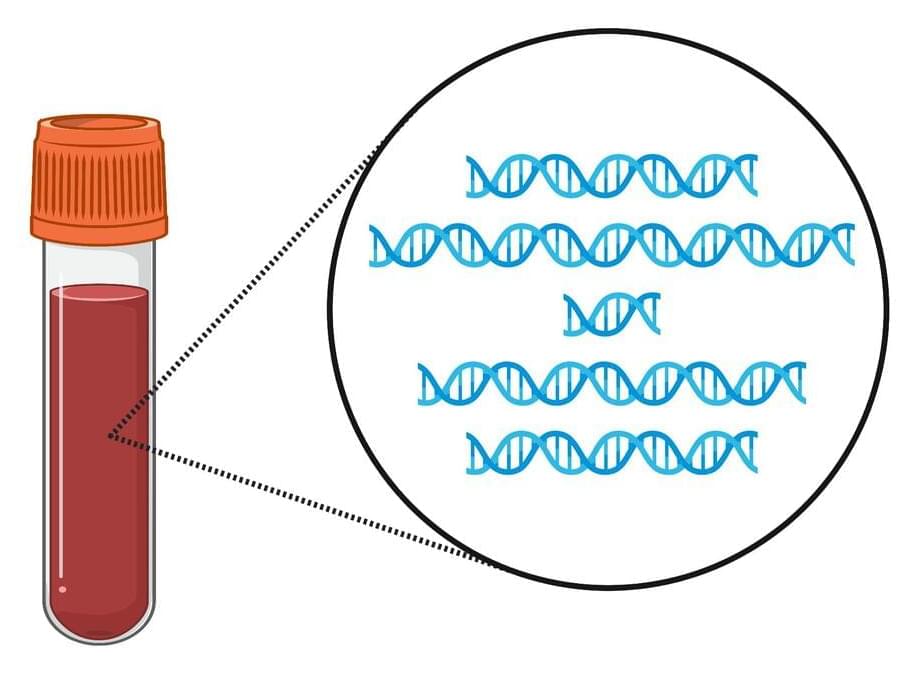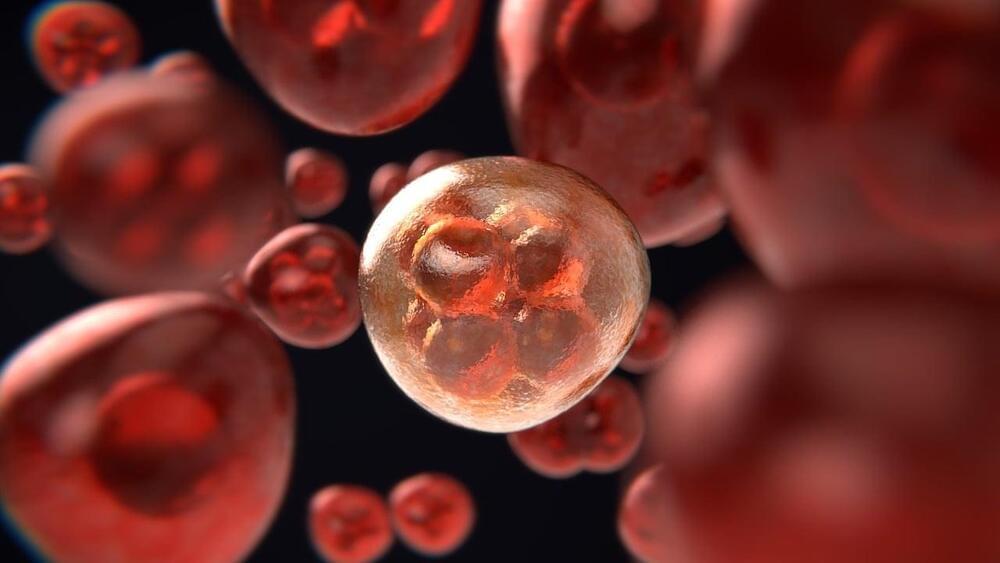Researchers have simulated what would happen if the greenhouse effect snowballed, causing a dramatic rise in the Earth’s temperature.




Every legislative session is presented with too many bills and, in recent years, too slim of a majority to get the good ones to the Governor. But because we have so many new ideas, there are always some you might not expect, like legislation to ban weather modification.
To be clear, I’m not making fun of the bill or its sponsors. In a world where some folks can’t shut up about unnecessary “emissions” or pollutants in our atmosphere, this should play well on both sides of the aisle. New Hampshire House Bill 1,700 (HB1700).


Another advantage of fragmentomics is that it requires much less blood than other liquid biopsy tests, she added.
The fragmentomics approach is also appealing because it requires only a blood draw, Dr. Greten noted, which is typically faster, easier to get, and less expensive than an ultrasound.
Fragmentomics is a next-generation liquid biopsy approach, said Dr. Velculescu. And it can potentially be used to detect other kinds of cancer, in addition to those the team has already studied, he added.


This post is also available in:  עברית (Hebrew)
עברית (Hebrew)
A research team from UNIST has made a discovery that might revolutionize cancer treatment as we know it-new cell-engaging nano-drones that were designed to target and eliminate cancer cells selectively.
These tiny bots are called NK cell-engaging nano-drones (NKeNDs), and their success lies in their ability to engage natural killer (NK) cells, the body’s frontline defenders against cancer. Using NK cells in cancer treatment is not new, but what sets these nanodrones apart is their precision. They are engineered to zero in on cancer cells almost like guided missiles.

🧬 💉 🔬 https://www.news-medical.net/news/20240103/EZH2-inhibitors-s…tment.aspx Type1Diabetes # EZH2Inhibitors # BetaCellRegener…
Study explores the potential of EZH2 inhibitors GSK126 and Tazemetostat in stimulating β-cell regeneration from pancreatic ductal progenitor cells, offering a novel therapeutic approach for Type 1 Diabetes.


How does the developing brain process surprising sounds and what changes as we grow up?
For children, the world is full of surprises. Adults, on the other hand, are much more difficult to surprise. And there are complex processes behind this apparently straightforward state of affairs. Researchers at the University of Basel have been using mice to decode how reactions to the unexpected develop in the growing brain.
Babies love playing peekaboo, continuing to react even on the tenth sudden appearance of their partner in the game. Recognizing the unexpected is an important cognitive ability. After all, new can also mean dangerous.
The exact way in which surprises are processed in the brain changes as we grow, however: unusual stimuli are much more quickly categorized as “important” or “uninteresting,” and are significantly less surprising the second and third time they appear. This increased efficiency makes perfect sense: new stimuli may gain our attention, but do not cause an unnecessarily strong reaction that costs us energy. While this may appear trivial at first, so far there has been very little research into this fact in the context of brain development.